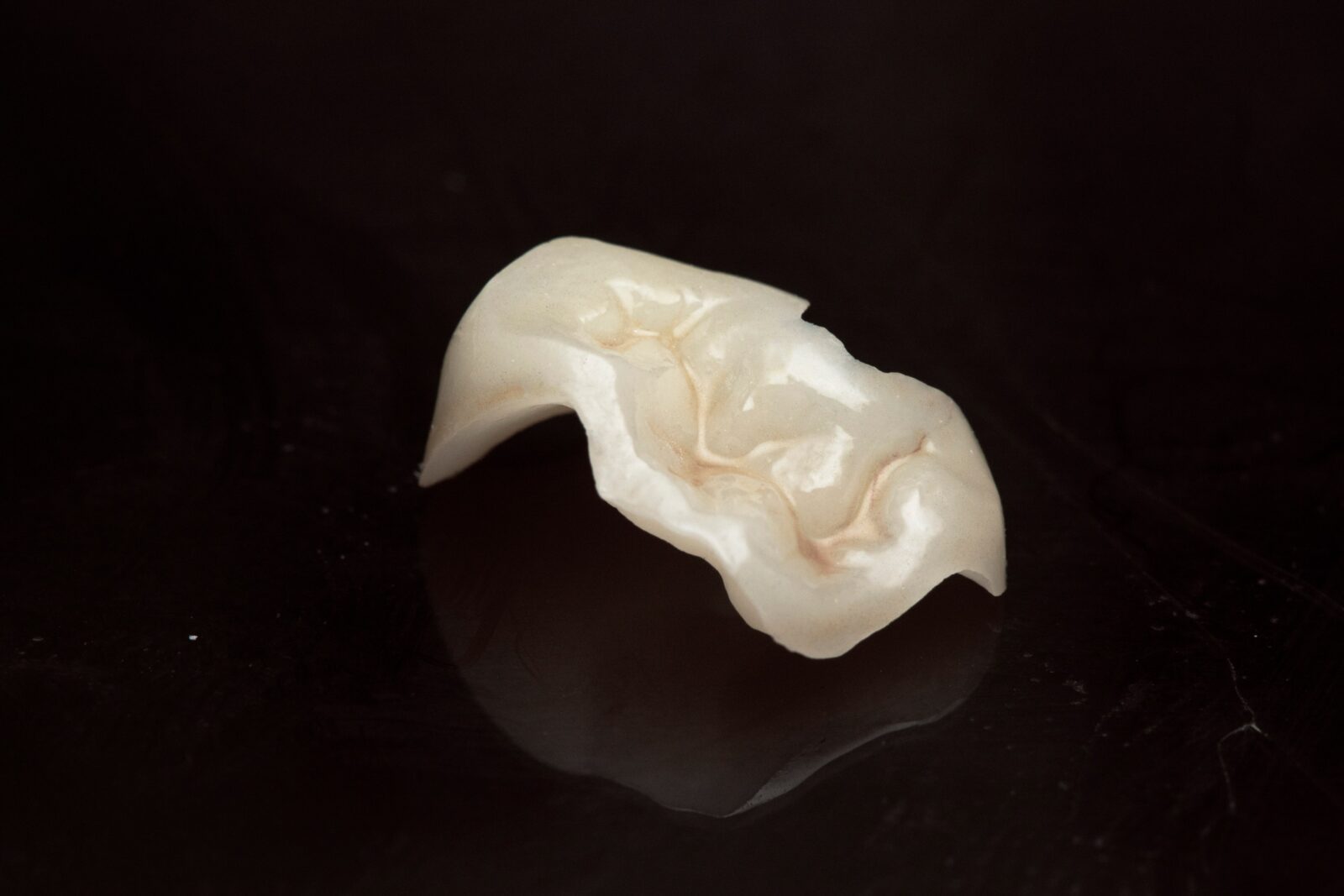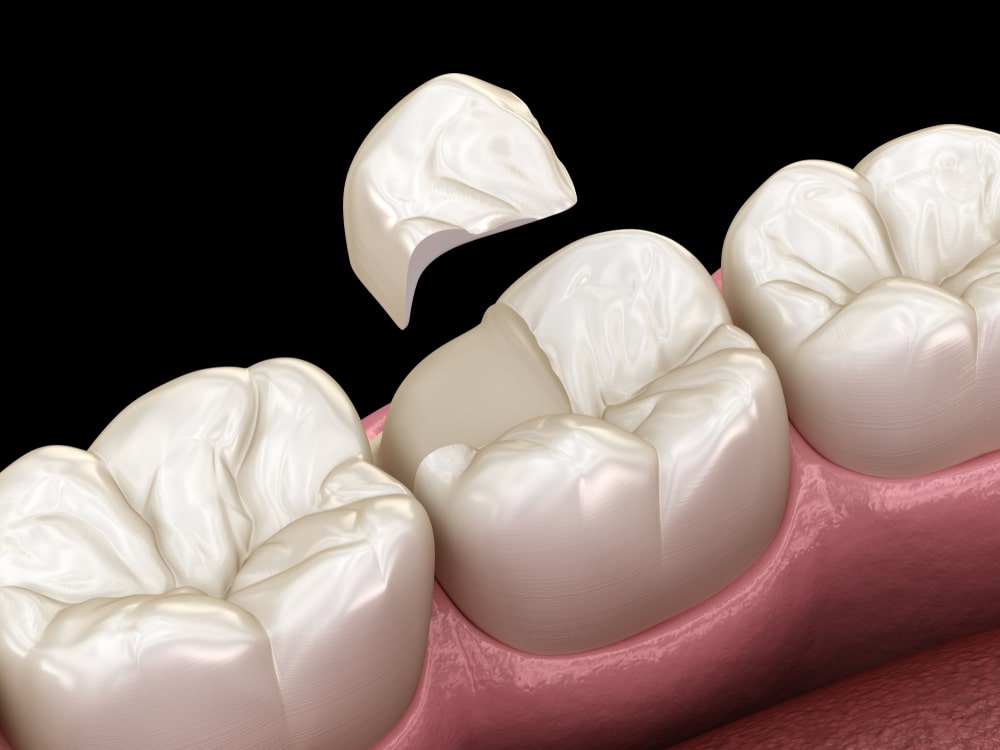If you have tooth decay, the best way to treat it is with an indirect filling. But what is an indirect filling? And what’s the difference between an inlay and onlay? In this blog post, we’ll answer those questions and more. We’ll also provide a step-by-step guide of how indirect fillings are placed. Finally, we’ll discuss when one restoration is better than the other.
What is an indirect filling?
An indirect filling is a type of dental restoration used to treat tooth decay or other damage. Indirect fillings are made outside of the mouth and then placed into the tooth. The two most common types of indirect fillings are inlays and onlays.

- Inlays are made to fit inside the chewing surface of the tooth. They are usually made of gold, porcelain, or composite resin.
- Onlays are larger and cover more of the tooth than inlays. They can be used to treat decay on the biting surface of the tooth or to replace a large filling. Onlays are also made of gold, porcelain, or composite resin.
The first step in placing an indirect filling is to numb the tooth and relax the patient with dental sedation, if necessary. Next, the tooth is prepared by removing any decay or damaged tissue. Once the tooth is prepared, a dental impression is taken.
A dental impression is a mold of the teeth and gums. It is used to create an inlay or onlay. The impression is taken using a special type of dental plaster. It is important that the plaster sets quickly, so the patient must remain still while the impression is being taken.
Once the plaster has set, the impression is removed and sent to a dental laboratory. The inlay or onlay is then made using the dental impression. Finally, the inlay or onlay is placed into the tooth and secured with dental cement. The cement hardens and bonds the indirect filling to the tooth. In most cases, it takes at least two dental appointments to place an inlay or onlay.
Benefits of Indirect Fillings
There are three types of restorations that are often used to restore decayed teeth: indirect fillings, direct fillings, and dental crowns. As mentioned above, indirect fillings are made outside of your mouth and then bonded onto the tooth. Direct fillings, such as composite fillings, are made directly in your mouth and are instantly bonded to the enamel. Finally, crowns are a type of cap that fits over the entire top of the tooth.
In most cases, indirect fillings are recommended when the damage or decay is too great for a direct filling, but not enough to have a dental crown placed. This is because inlays and onlays provide an effective in-between option that restores decayed teeth without the need for significant moderation. Basically, inlays and onlays are a minimally-invasive approach to restoring teeth that are significantly damaged or decayed.
Additionally, indirect fillings have many benefits, including:
- They are more durable and longer lasting than direct fillings
- They resist wear better than direct fillings
- They provide support to the tooth structure
- They are less likely to leak or crack than direct fillings
- They do not discolor like direct fillings and retain their color
- Can fit well in tight spaces between the teeth
- They maximize the amount of healthy tissue while healing decayed or damaged regions
Inlay vs. Onlay: Which is Best?

Inlays and onlays are both great options for treating tooth decay. However, there are some cases where one restoration is better than the other. The type of filling will depend on the location and extent of the damage.
Inlays are typically used for smaller areas of decay and are used primarily on the chewing surface of the teeth. Onlays, on the other hand, are better for larger areas of decay or if the tooth has already had a large filling. Onlays are also used when one or more of the tooth’s cusps is in need of restoration.
Inlays and onlays are both great options for restoring your smile. However, it’s important to talk to your dentist about which type of restoration is best for you. After performing an exam and dental x-rays, your dentist will be able to determine the extent of the damage and which type of indirect filling is best for your case.
In Conclusion
In this blog, we’ve discussed indirect fillings, inlays, and onlays. We’ve also provided a step-by-step guide of how these restorations are placed using anesthetics and dental sedation. Additionally, we’ve discussed when one type of restoration is better than the other. If you have any questions about inlays, onlays, or indirect fillings, please contact our office. We would be happy to help you!
